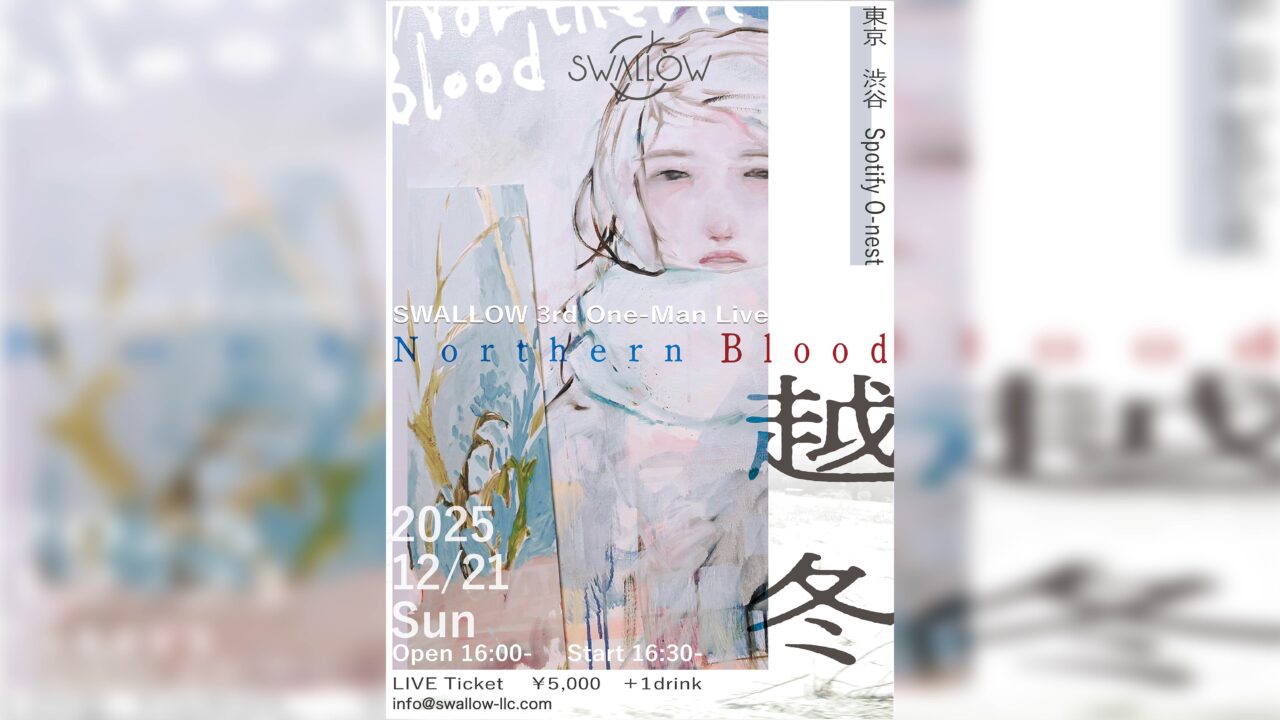INDEX
Art as a Catalyst for Change in Our Surroundings
I’d love to hear about your past experiences with art.
haru.: My father is a painter, and my mother is an art historian, so creating and being surrounded by art has always been a natural part of my life since childhood.
Did you often visit art museums and galleries?
haru.: I used to accompany my mother on her research trips, so for me, traveling always meant going to art museums. As an adult, I was really surprised when people would go sightseeing or relax at resorts. It was a revelation that it was okay to spend time in those ways.
You studied abroad in Germany in high school. Did you visit art galleries there?
haru.: Yes, I regularly visited museums and exhibitions, including Documenta and shows at the school where Joseph Beuys taught. Art was deeply integrated into daily life in Germany, and it was common to have free access to museums, making art feel much more embedded in everyday experiences.
*Editor’s note: One of the world’s largest contemporary art festivals, holding once every five years in Kassel, Germany.
In Japan, many people might see art as something distant or unrelated to their daily lives. How can we bring it closer to people?
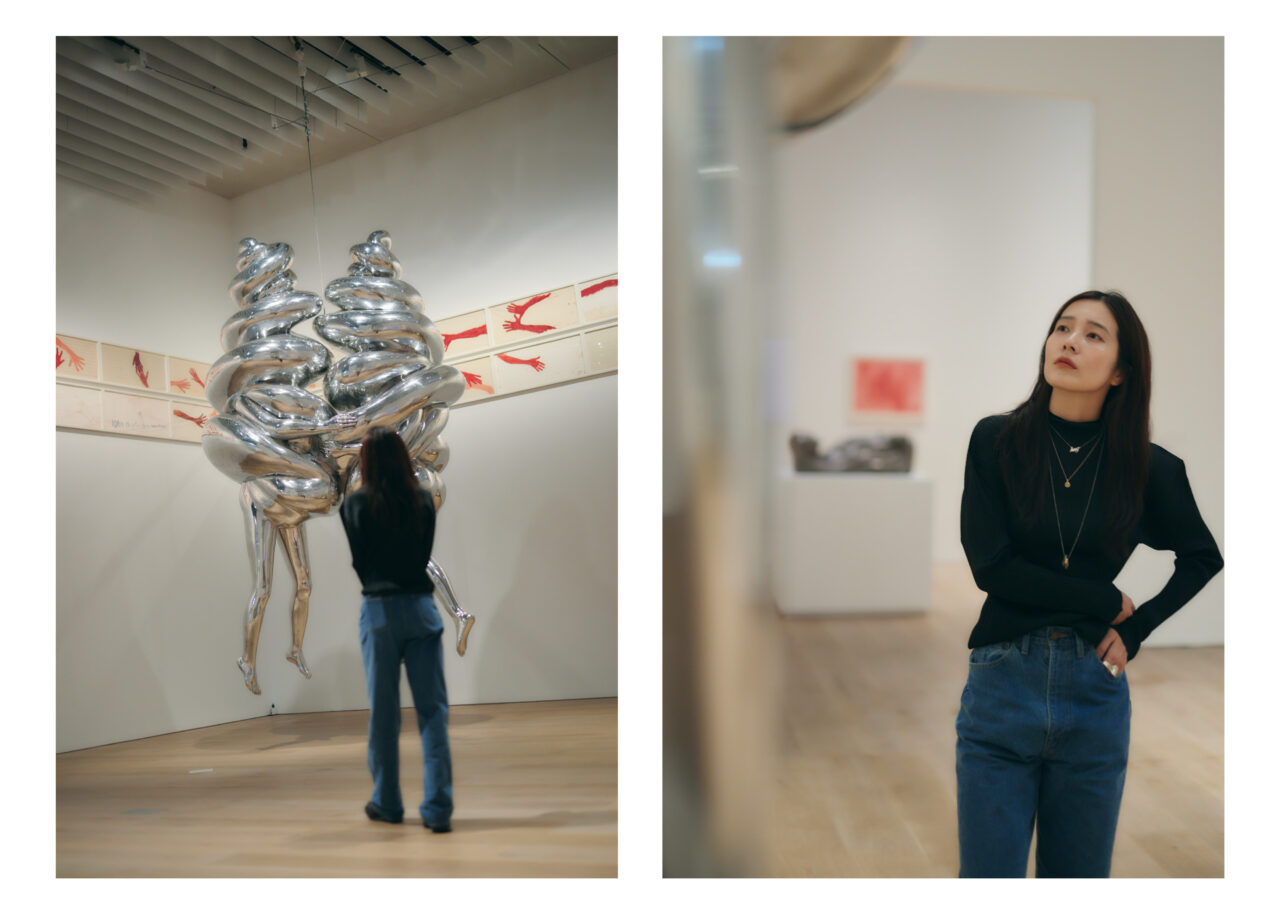
haru.: Sometimes, it feels like only things within the white cube are considered art, and we might feel like we don’t have the right perspective on art or that it’s too difficult to understand. I often feel that way when I look at exhibits and don’t fully get it. But art has the power to change how we see the world, what we choose in our daily lives, and even the words we use when we talk to others. It can lead to a sense that we can’t go back to the way we were before. I believe art brings about transformation in that way. I hope that the artists who aim to make such changes are able to communicate that intention.
There’s a great book by Yuzuru Murakami, Art and Feminism: Who Does It Belong To?, which is a perfect introduction. After reading it, my friends said it broadened their perspectives on how to view art. Also, I think artists and those involved in art need to avoid acting like they are above others.
It’s hard to approach art when it feels like there’s an air of authority around it.
haru.: Exactly. I’ve been really influenced by Beuys’ idea that “we are all artists,” and that even without creating works of art, simply making choices in our daily lives and being aware that we are part of shaping society can change the future. So, it’s not good for art to feel authoritative or closed off.
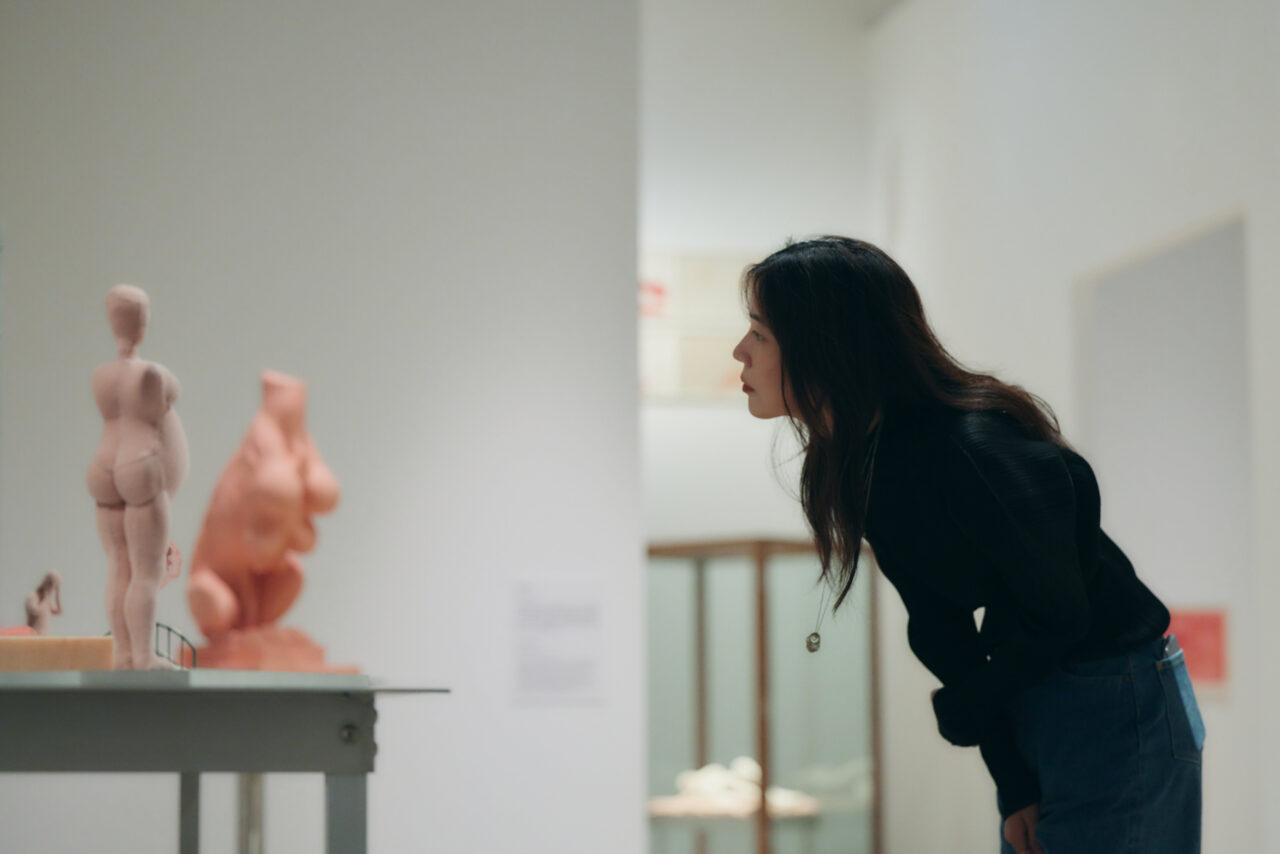
You’ve mentioned that you’ve been interested in artists who explore gender and sexuality as themes. What made you start engaging with those topics?
haru.: When I was a teenager, I wasn’t really conscious of being a woman, and I didn’t want to accept it. I resisted the changes in my body and the way I was seen and treated as a woman. Because of that, I really didn’t like works that dealt with the female body or conveyed femininity. Looking back now, I think it was probably fear that I was feeling.
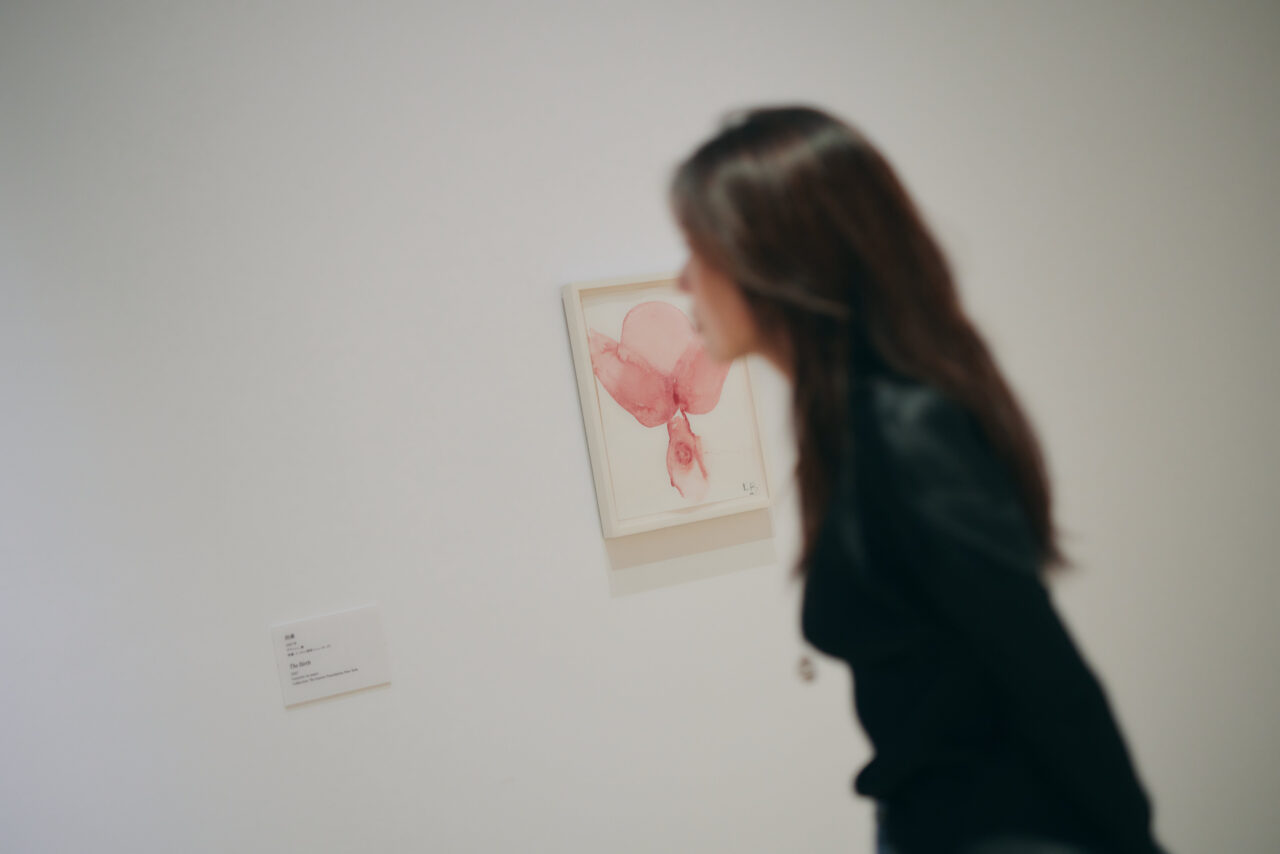
As we mentioned earlier, historically, the female body has often been depicted as an object in art.
haru.: There are many artworks where women are depicted nude, and often these works are created by male artists, so it really makes me feel that women have been seen as objects of observation. That’s why I’m really interested in the work of female artists who express their autonomy and presence.
At the university I attended, by the time I was there, there were no female professors left in my department. When I asked the male professors for more opportunities to study gender or engage with related works, I didn’t get much of a response. The frustration I felt from those experiences, along with the fact that female artists and creators weren’t at the top, and seeing my friends’ efforts go unrecognized, made me feel this issue very personally. I want to support those artists. That’s why I want to learn how pioneers like Bourgeois paved the way.
Louise Bourgeois: I have been to hell and back. And let me tell you, it was wonderful. Mori Art Museum
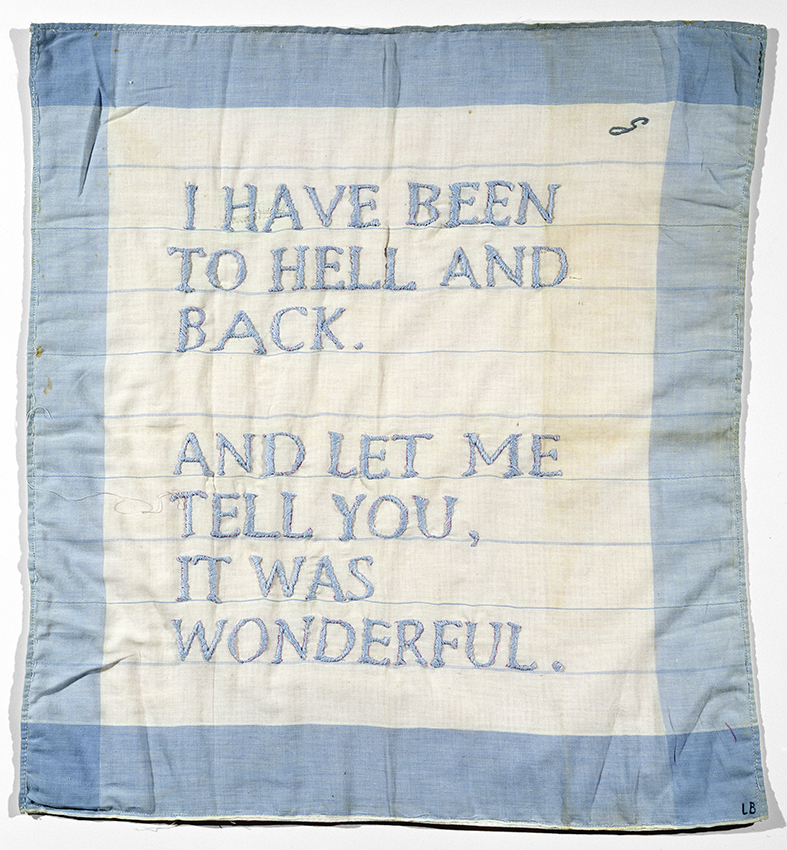
Untitled (I Have Been to Hell and Back)
1996
Embroidered handkerchief
49.5 x 45.7 cm
Photo: Christopher Burke
© The Easton Foundation/Licensed by JASPAR, Tokyo, and VAGA at Artists Rights Society (ARS), New York
One of the most important artists of the 20th century, Louise Bourgeois (1911–2010), is featured in this large-scale solo exhibition in Japan. Over her 70-year career, Bourgeois explored the tensions inherent in binary oppositions such as male and female, passive and active, figurative and abstract, conscious and unconscious, using a variety of media. With her unparalleled sculptural power, she created works that reconciled these opposing forces. She transformed the memories and emotions from her childhood—complex and at times traumatic—into universal motifs, expressing opposing emotions and psychological states such as hope and fear, anxiety and comfort, guilt and atonement, and tension and release. These works have been highly regarded in the context of feminism. This exhibition features approximately 100 works (half of which are being shown for the first time in Japan) and is divided into three sections, providing a comprehensive look at this exceptional artist. The works, imbued with a powerful will to live forged through adversity, offer insights into overcoming the struggles humanity faces today.
Exhibition Period: September 25, 2024 – January 19, 2025
Location: 53F, Mori Tower, Roppongi Hills, 6-10-1 Roppongi, Minato-ku
URL: https://www.mori.art.museum/jp/index.html

















